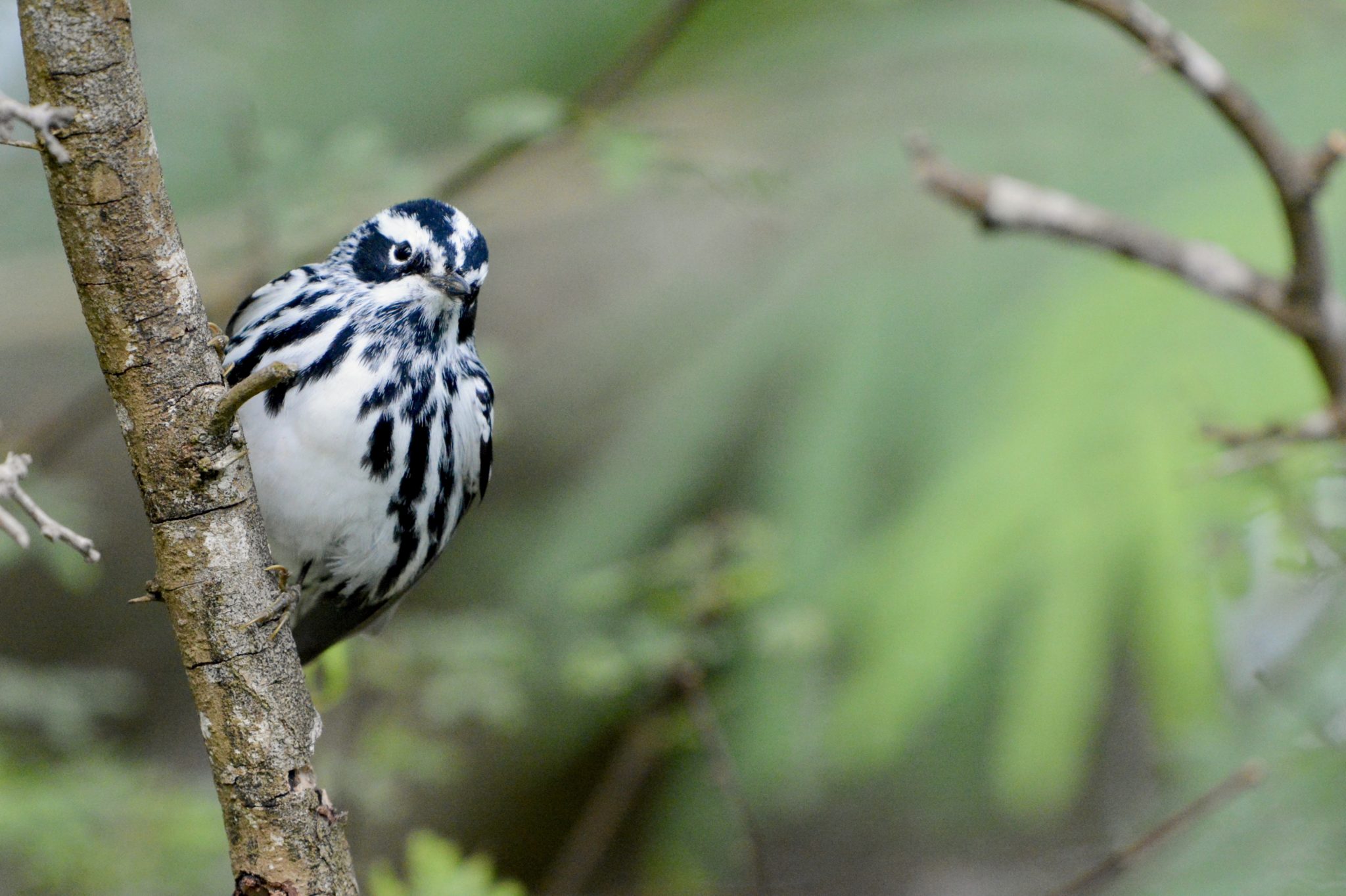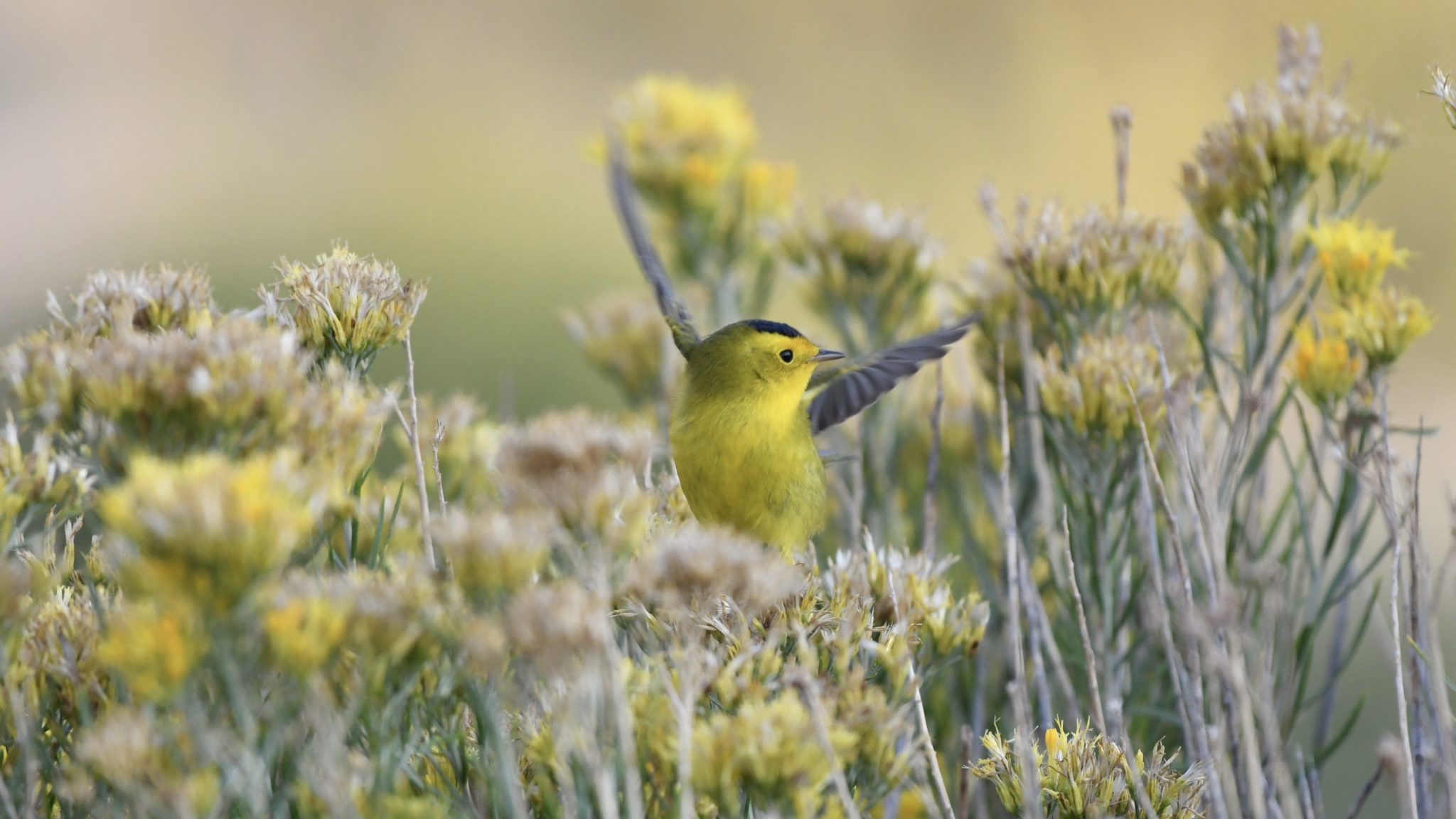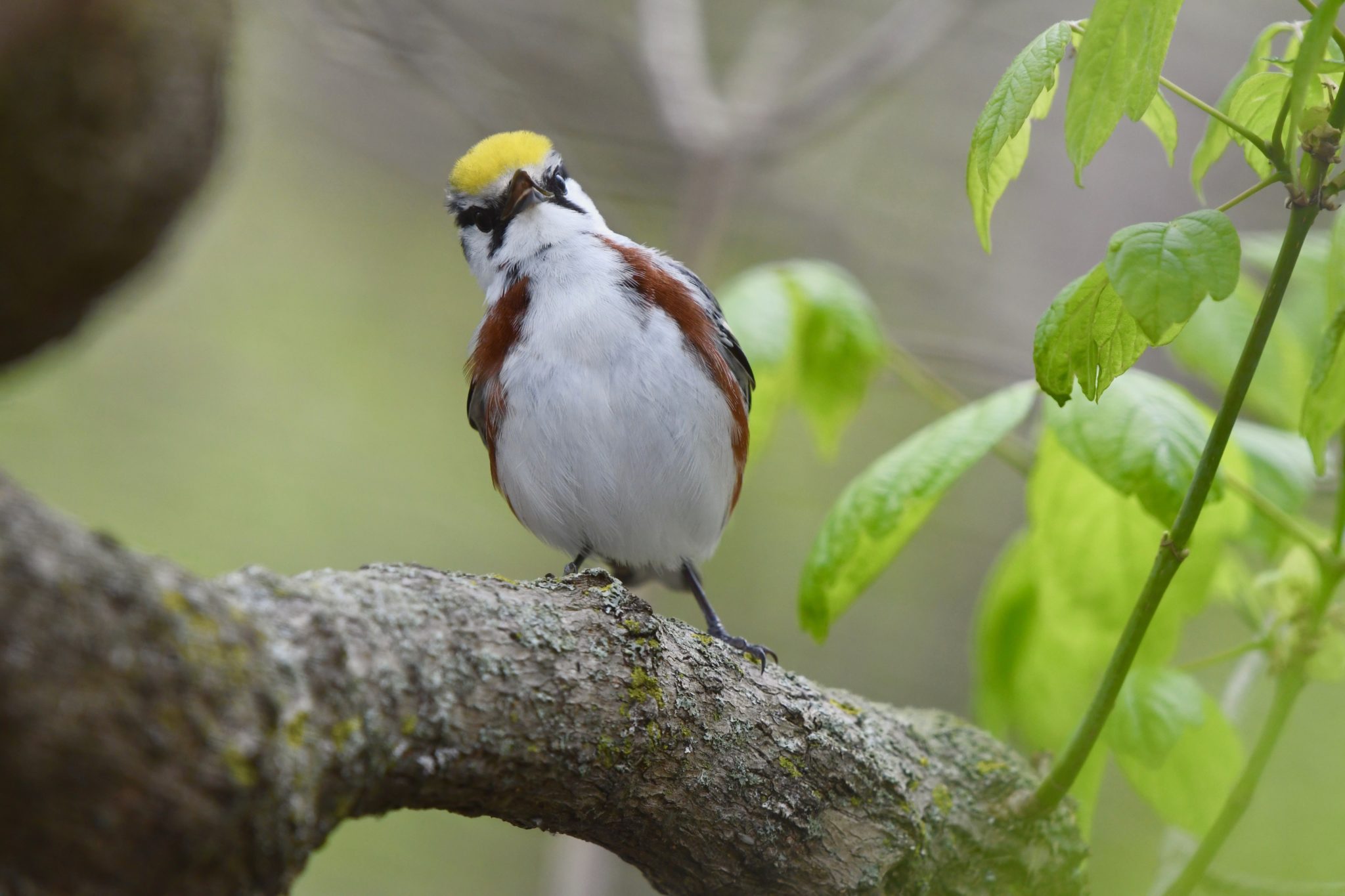Video: Ron Bend/CSU
Forecasts aren’t just for the weather. Scientists can use weather radar and related technology to chart the journeys of billions of migratory birds, which can help protect these global travelers from a growing array of threats.
In a new breakthrough on this front, a team led by Colorado State University used millions of observations from 143 weather surveillance radars to evaluate a forecasting system for nocturnal bird migration in the United States.
Using these tools, the team discovered that a mere 10 nights of action are required to reduce risk to 50% of avian migrants passing over a given area in spring and autumn. Specific actions are as simple as turning off nonessential outdoor lights.
Conservation Biology published the study, “Near-term ecological forecasting for dynamic aeroconservation of migratory birds,” on April 8. Its release occurs just two weeks before peak migration season for birds in states including Texas and Florida. Colorado’s peak will take place in the first two weeks of May.
A ‘mindful’ approach can best protect migrating birds
CSU’s Kyle Horton, lead author of the study and an assistant professor in the Department of Fish, Wildlife and Conservation Biology, said that status quo tools for protecting migrating birds are somewhat inefficient. These migrating birds can be negatively impacted by light pollution, wind energy and collisions with structures.
“Even during peak migration, it’s not efficient to tell people to turn off lights for a period of two to three weeks,” Horton said. “Massive numbers of birds migrate on some nights, and at other times, not at all. As scientists, we want to be more mindful about how best to protect migrating birds.”
Wind turbines and nighttime lights serve specific purposes for energy production, commercial marketing or public safety. But researchers said with the tools to predict the most important nights when migrants take flight. It’s easier to identify and encourage specific mitigation strategies.
Horton lands NASA New Investigator Program award
Kyle Horton recently received a $385,000 award through the New Investigator Program in Earth Science from NASA. The program supports outstanding scientific research and career development of scientists and engineers at the early stage of their professional careers.
NASA received 238 proposals and selected 38 research projects for funding. The total funding to be provided for these investigations is approximately $12.8 million over three years.
Thanks to this award, Horton will continue his research on ecological forecasting of bird movements with an eye toward real-time dynamic conservation action and ecological monitoring. He will use NEXRAD weather radar and NASA remote sensing technologies and products to forecast nightly avian migration across the United States.
NASA funding will support a doctoral student and two undergraduate students for the next three years in Horton’s AeroEco Lab. These students will closely collaborate with the team at BirdCast.
Horton teamed up on this research with scientists from University of Oxford, Cornell Lab of Ornithology, University of Wyoming, University of Massachusetts and Mount Holyoke College.
Migration forecasts are available to the public through Horton’s lab website and BirdCast, a collaborative project between the Cornell Lab of Ornithology, CSU and University of Massachusetts. BirdCast is supported by organizations including the National Science Foundation, NASA, the Leon Levy Foundation, Lyda Hill Philanthropies and Amon G. Carter Foundation.
Benjamin Van Doren, a postdoctoral associate at the Cornell Lab of Ornithology and co-author on the study, said people can use BirdCast to see daily migration forecasts for the entire United States, as well as location-specific migration alerts.
“Everyone should use these tools to experience the spectacle of migration and guide actions for protecting birds,” he said.



Photos: Kyle Horton/CSU
New Texas-based conservation project could be replicated elsewhere
BirdCast scientists, working with state and conservation officials, helped establish a Lights Out Texas initiative and pilot project in late 2020. Nearly one of every three birds migrating through the U.S. in spring pass through Texas, as do one of every four birds migrating through the U.S. in the fall – totaling nearly 2 billion birds.
Horton said that mayors in Dallas, Fort Worth and Houston have made commitments to support the new initiative. Former First Lady Laura Bush is also an outspoken advocate.
In a recent op-ed in The Dallas Morning News, Bush encouraged Texans to turn off all nonessential lights from 11 p.m. to 6 a.m. during the state’s peak spring bird migration, which occurs April 19 to May 7.
“Each night, each light turned out helps save migrating birds,” she wrote. “And as an added bonus, turning off nonessential lights also saves energy for cities, local businesses and homeowners.”
Horton said the initiative in Texas will serve as a test bed for other cities across the country.
“The same principals equally apply in Denver, Fort Collins, Boulder, New York City or Los Angeles,” he said. “These tools are the sort of the thing that agencies or cities and conservation managers can leverage to efficiently guide lights out programs.”